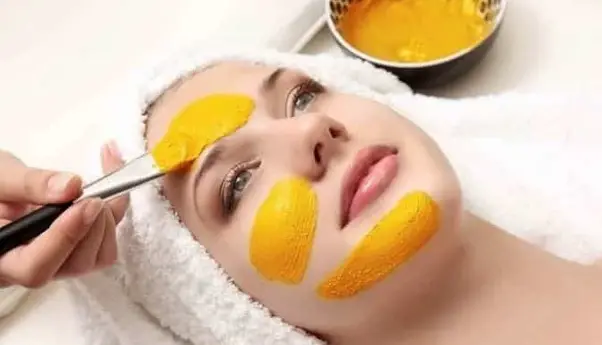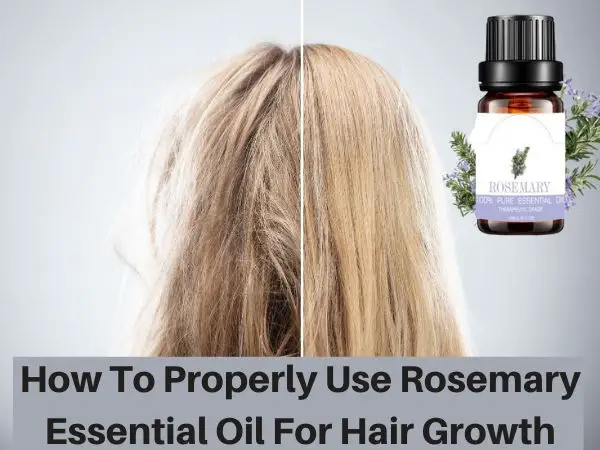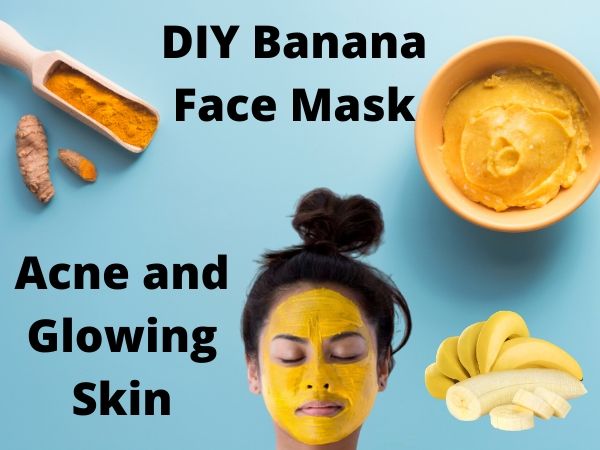I love curly hair; it’s beautiful, versatile, and full of personality, but it can also be unpredictable. Unlike straight hair, curls require special care to maintain definition, softness, and shine. Without the right routine, curls can quickly become dry, frizzy, and unmanageable.
Curly Hair Routine
With a consistent curly hair routine, you can transform your curls into healthy, defined spirals, waves, or coils that look stunning every day.
In this step-by-step guide, I will walk you through the ultimate curly hair care routine, from wash day to maintenance.
Step 1: Pre-Wash Treatment (Optional but Highly Beneficial)
Before shampooing, many curl experts recommend a pre-poo treatment. “Pre-poo” stands for pre-shampoo, and it helps protect curls from harsh cleansing while adding an extra dose of moisture.
Use natural oils (coconut, olive, or jojoba oil), aloe vera gel, or a light conditioner. Section your hair, apply the product generously, and detangle gently with your fingers. Leave it in for 15–30 minutes, or overnight if your curls are very dry.
This helps because curly hair is prone to dryness, and a pre-poo shields your strands from losing too much natural oil during the wash. It also makes detangling much easier.
Step 2: Cleansing the Scalp and Hair
A clean scalp is the foundation of healthy curls. But curly hair should not be stripped of its natural oils, which are essential for softness and shine.
Use a gentle, sulfate-free shampoo that won’t strip natural oils. For extra dry curls, a cleansing conditioner (co-wash) is a great alternative.
Wash once or twice a week, depending on your curl type and lifestyle. Overwashing can lead to dryness, while underwashing may cause buildup.
Massage the scalp with fingertips to remove dirt and stimulate blood circulation. Rinse thoroughly. Focus shampoo on your scalp rather than your strands to avoid drying out your curls.
Step 3: Conditioning and Detangling
Conditioning is non-negotiable for curly hair. It provides slip (smoothness) that makes detangling easier and prevents breakage. Pick a rich, moisturizing conditioner. Ingredients like shea butter, argan oil, or glycerin are excellent.
Always detangle when your hair is wet and coated in conditioner. Use your fingers first, then a wide-tooth comb if necessary. Work from the tips upward to avoid unnecessary pulling.
This helps because curly hair tangles easily, and detangling with enough moisture helps maintain curl clumps and reduces split ends.
Step 4: Deep Conditioning (Weekly or Bi-Weekly)
Deep conditioning is like a spa day for your curls. It replenishes lost moisture, repairs damage, and restores elasticity.
Moisture Masks: Great for dry, frizzy curls. Look for hydrating ingredients like honey, avocado oil, and shea butter.
Protein Masks: Needed occasionally to strengthen curls, especially if you use heat or color treatments. Ingredients may include keratin, silk protein, or rice water.
Apply generously from root to tip. Cover with a shower cap and use gentle heat (like a warm towel or hooded dryer) to help the product penetrate. Leave it in for 20–30 minutes.
Alternate between moisture and protein masks for balanced curl health.
Step 5: Leave-In Conditioner
Once your curls are clean and detangled, lock in hydration with a leave-in conditioner.
You can choose between a lightweightvs. aHeavy. Choose a formula based on your curl type—light for wavy hair, richer for coily hair.
Apply to damp hair in sections for even coverage. Focus on mid-lengths to ends. They prevent frizz, keep curls soft, and prepare your hair for styling products.
Step 6: Styling Products (Curl Cream, Gel, or Mousse)
Styling products help define curls, hold shape, and reduce frizz.
- Curl Creams: Add moisture and definition. Best for dry, thick curls.
- Gels: Provide hold and frizz control. Perfect for defined, long-lasting curls.
- Mousses: Add volume and lightweight hold. Great for fine curls and waves.
My recommended application techniques include:
- Scrunching: Encourages curls to form naturally.
- Praying Hands Method: Smooth product down each section for frizz-free definition.
- Finger-Coiling: Twist small sections for defined ringlets.
Experiment with the LOC (Leave-in, Oil, Cream) or LCO (Leave-in, Cream, Oil) method to find what works best for your curl type.
Step 7: Drying Your Curls
How you dry your curls can make or break your results.
Air Drying: Best for reducing heat damage. Don’t touch curls while drying to avoid frizz.
Diffusing: Attach a diffuser to your blow dryer and use it on a low-heat, low-speed setting. This adds volume and speeds up drying.
Microfiber Towel or T-Shirt: Pat dry instead of rubbing to prevent frizz.
Scrunch Out the Crunch (SOTC): If you use gel, your curls may feel crunchy once dry. Scrunch gently with your hands or a little oil to break the cast and reveal soft, bouncy curls.
Step 8: Nighttime Routine for Curl Protection
Protecting your curls while you sleep helps them last longer and reduces tangles.
You can use the Pineapple Method. This is where you gather the hair into a loose, high ponytail to preserve curls overnight.
I prefer using bonnets or Scarves because Satin or silk materials prevent friction and frizz. You can also add a silk pillowcase. Even if you move around, your curls glide smoothly without tangling.
Additionally, you can apply a small amount of leave-in or oil before bed if your hair tends to dry out overnight.
Step 9: Refreshing Curls Between Washes
Curls don’t need daily washing, but they often need refreshing.
Water + Conditioner Spray: Mix water and a little conditioner in a spray bottle for a quick refresh.
Curl Refresher Sprays: Lightweight sprays revive definition without buildup.
Spot Refreshing: Add a little curl cream or gel only where needed.
Refresh in sections for even definition instead of spraying all at once.
Step 10: Long-Term Curl Health
Consistency is key, but long-term care also matters.
- Regular Trims: Every 8–12 weeks to prevent split ends.
- Protective Styles: Braids, twists, or buns reduce manipulation and protect ends.
- Avoid Heat Damage: Limit straighteners and blow dryers. Always use heat protectant.
- Healthy Lifestyle: Hydration, a balanced diet, and supplements (like biotin or omega-3) can boost curl health from within.
Extra Tips by Curl Type
Wavy Hair (2A–2C): Use lightweight products; heavy creams may weigh waves down.
Curly Hair (3A–3C): Balance moisture and hold; layering products works best.
Coily/Kinky Hair (4A–4C): Thicker creams and oils help retain moisture; protective styling is highly beneficial.
My Final Thoughts
The right routine for your curly hair provides hydration, definition, and protection, helping your curls thrive. Always remember that every curly hair is unique, so adjust these steps to suit your curl type and lifestyle.
With consistency and the right products, your curls can stay bouncy, shiny, and healthy every single day.
If you are interested in hair care and skin care, consider subscribing to my newsletter. Additionally, follow me on Pinterest to discover more amazing pins.








